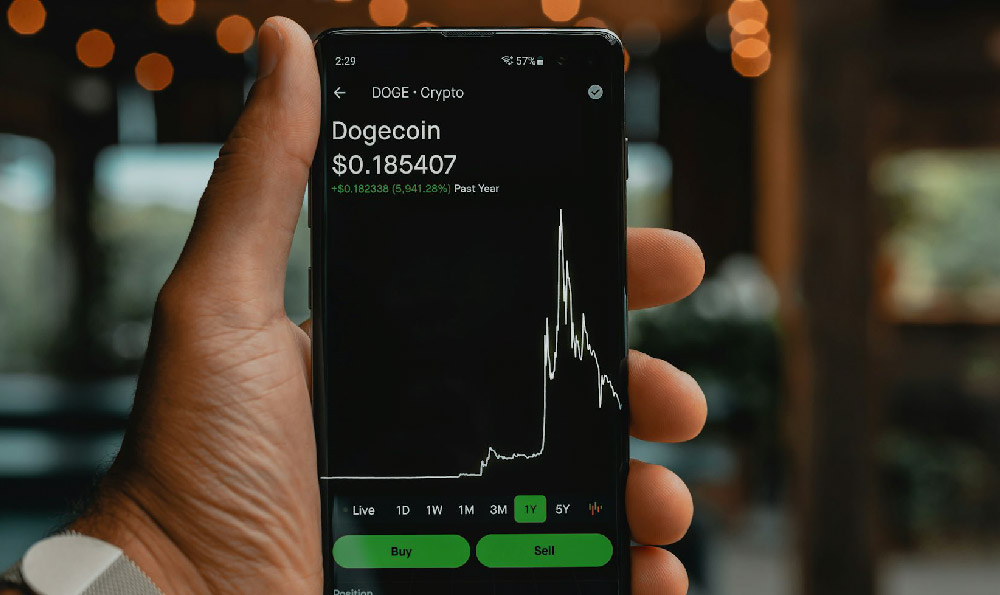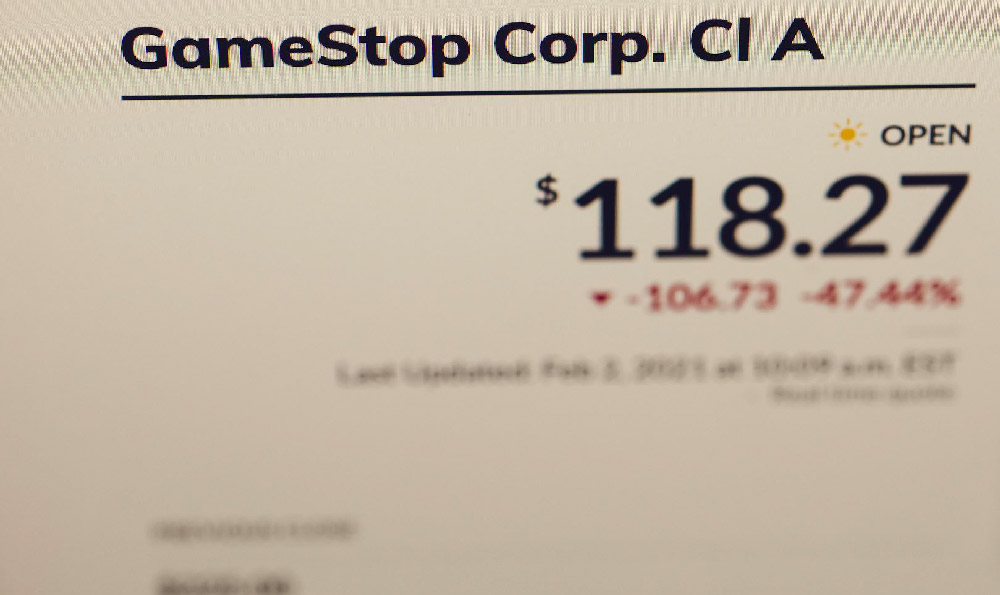Make Money Online: YouTube Channel Guide

Unlocking the potential of online platforms has become a cornerstone of modern financial strategy, and YouTube remains one of the most transformative tools for generating passive income and capitalizing on digital trends. As the internet evolves, so too do the opportunities for content creators, investors, and entrepreneurs to build sustainable revenue streams. This guide delves into the nuanced art of leveraging YouTube for financial growth, emphasizing the importance of strategic planning, market awareness, and risk mitigation. By exploring the intersection of content creation and monetization, we uncover actionable insights to navigate the complexities of the digital economy while safeguarding against pitfalls that often plague online ventures.
The foundation of any successful YouTube channel lies in its ability to resonate with a specific audience. However, this alignment is not merely a matter of producing engaging content; it requires a deep understanding of market dynamics and consumer behavior. For instance, the surge of attention in short-form video formats has reshaped viewer expectations, demanding creators to adapt their strategies to platforms like TikTok and Instagram Reels while maintaining YouTube’s core strengths. By analyzing real-time engagement metrics—such as watch time, click-through rates, and retention percentages—creators can refine their approach. A channel with high viewer retention often indicates a strong value proposition, which is crucial for monetization. Furthermore, understanding the interplay between trending topics and long-term audience interests allows for content that aligns with both immediate algorithms and future investment viability.
Monetization on YouTube is multifaceted, but its effectiveness hinges on a combination of factors. Beyond the standard ad revenue model, creators can explore alternative strategies such as affiliate marketing, brand partnerships, and subscription tiers. For example, a channel focused on fintech education can generate income through affiliate links to cryptocurrency exchanges or blockchain courses, while also attracting a niche yet lucrative audience. Similarly, sponsored content offers a pathway to capitalize on brand visibility, but it requires careful negotiation to ensure alignment with the channel’s values and audience trust. Subscription models, particularly those with exclusive perks, can provide a steady revenue stream, but their success depends on fostering a loyal community through consistent value delivery. The key lies in diversifying income sources while maintaining a balance between audience satisfaction and financial returns.

As the digital marketplace expands, the integration of emerging technologies like blockchain has introduced new dimensions to online monetization. For instance, creators can explore cryptocurrency-based donations or microtransactions as supplementary revenue models. These methods not only diversify income but also align with the principles of decentralization and financial autonomy. However, the adoption of such technologies requires a cautious approach. Understanding the volatility and regulatory landscape of virtual currencies is essential to avoid sudden devaluations or legal complications. Additionally, creators should consider the role of blockchain in enhancing transparency and security, which are critical for building long-term trust with viewers and partners. By staying informed about technological advancements that intersect with online content creation, viewers can position themselves ahead of the curve.
Risk management is an often-overlooked aspect of online ventures, yet it is crucial for sustained success. One of the primary risks in YouTube content creation is the reliance on algorithms that can change unpredictably, impacting visibility and revenue. To mitigate this, creators should focus on building a core audience that values their content over trending topics. Diversifying video formats—such as combining long-form tutorials with short-form snippets—can also help maintain resilience against algorithmic shifts. Another risk lies in the competitive nature of the platform, where oversaturation of similar content can dilute visibility. The solution is to identify underserved niches, such as cryptocurrency education or niche investment strategies, to carve out a unique position. Additionally, financial risks associated with monetization, such as sudden fluctuations in ad revenue, can be addressed by establishing multiple income streams and maintaining a budget that accounts for variable earnings.
The long-term growth of a YouTube channel is inextricably linked to content optimization and audience engagement. Data-driven decisions, such as A/B testing thumbnails, titles, and video lengths, can significantly enhance viewer retention and content virality. For example, a 2023 study revealed that videos with a consistent upload schedule and optimized titles achieved a 40% higher engagement rate compared to sporadic ones. Moreover, leveraging analytics to identify audience preferences allows creators to tailor their content for maximum impact. Content that addresses common questions or provides actionable insights tends to perform better, as it aligns with the audience’s need for value. The role of storytelling in content creation cannot be overstated; narratives that inform, entertain, or inspire contribute to lasting viewer loyalty. This, in turn, strengthens the channel’s ability to attract sponsors and investors, creating a self-sustaining ecosystem.
Beyond content creation, the financial potential of YouTube is amplified by the interplay between digital assets and online influence. For instance, a channel with a robust following could monetize through branded partnerships or even rental of their audience to other creators. However, this requires a strategic approach to branding and audience segmentation. Additionally, the rise of crypto-based platforms has introduced new opportunities for creators to tokenize their content or monetize through decentralized finance (DeFi) mechanisms. By staying ahead of these trends, creators can diversify their financial strategies and reduce dependence on traditional monetization methods.
In conclusion, the journey of earning money online through YouTube is a blend of creativity, strategy, and vigilance. Success is not accidental but the result of meticulous planning, continuous adaptation, and a keen awareness of both content trends and financial risks. By focusing on building value, diversifying income, and staying informed about technological and market shifts, creators can unlock the full potential of the platform. However, the path is not without challenges, and navigating them requires a balance between innovation and responsibility. Ultimately, the key to sustained revenue lies in delivering consistent value while safeguarding against the uncertainties of the digital landscape.















